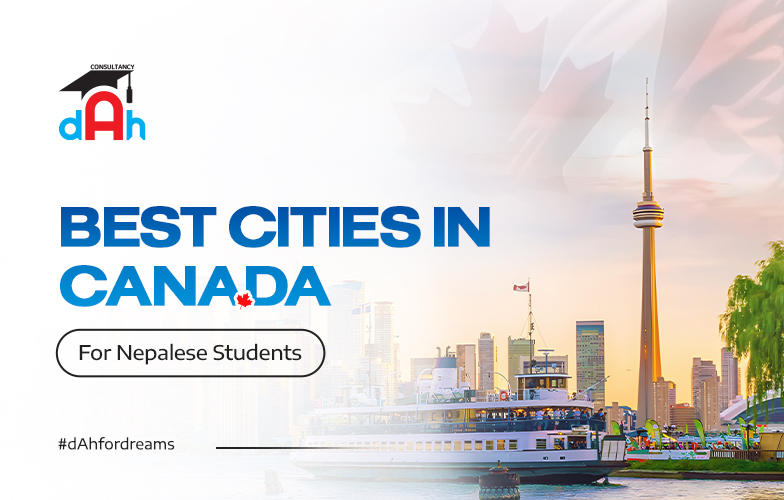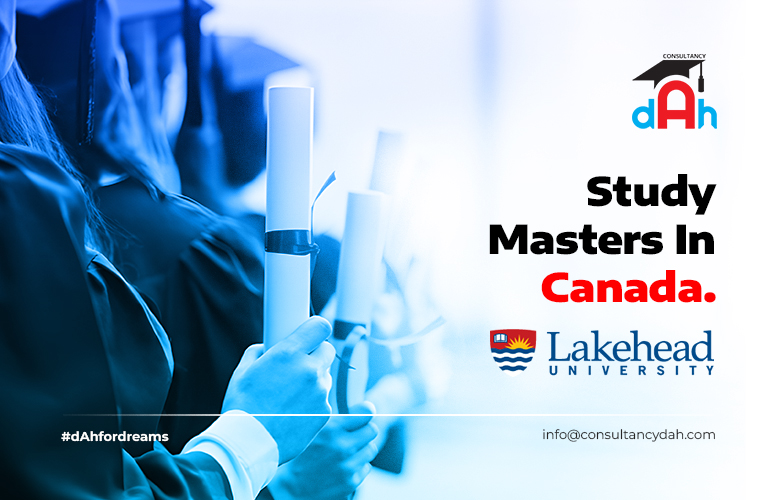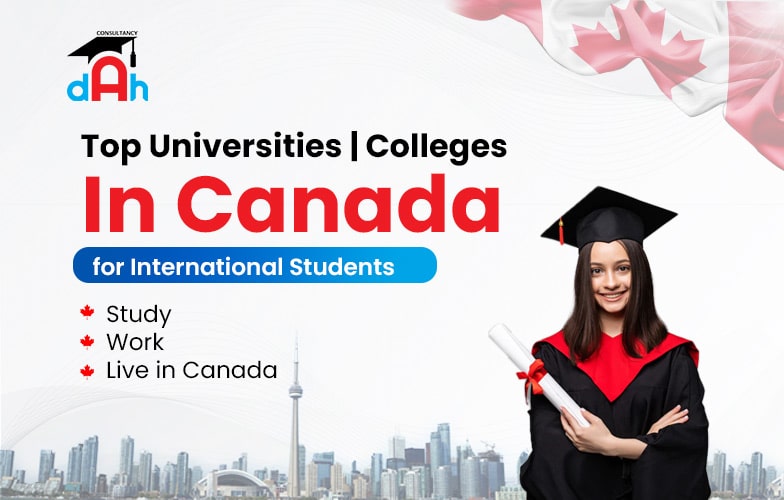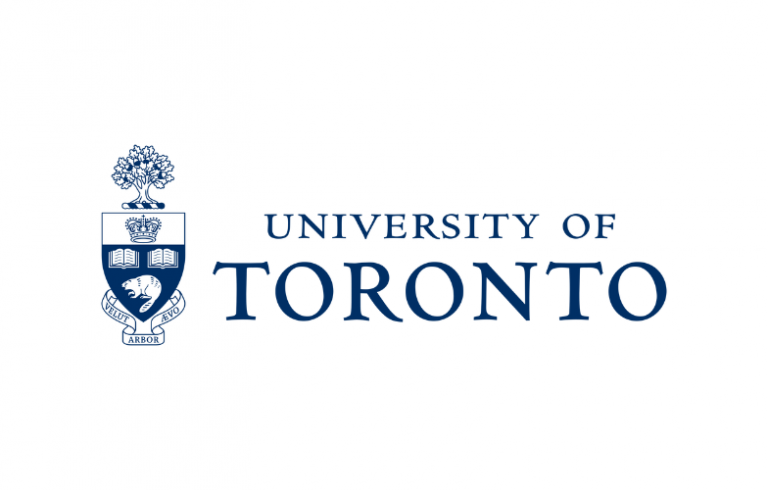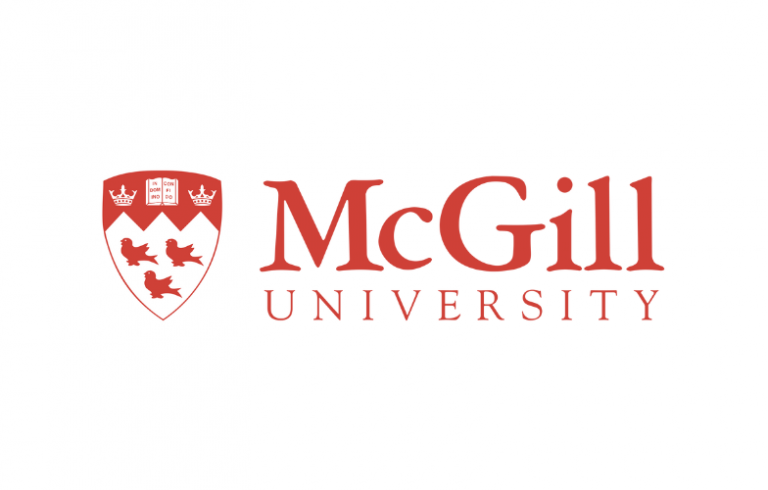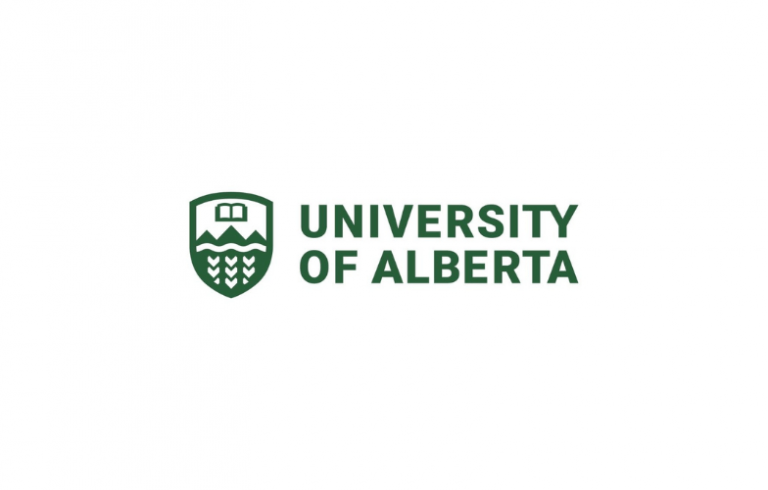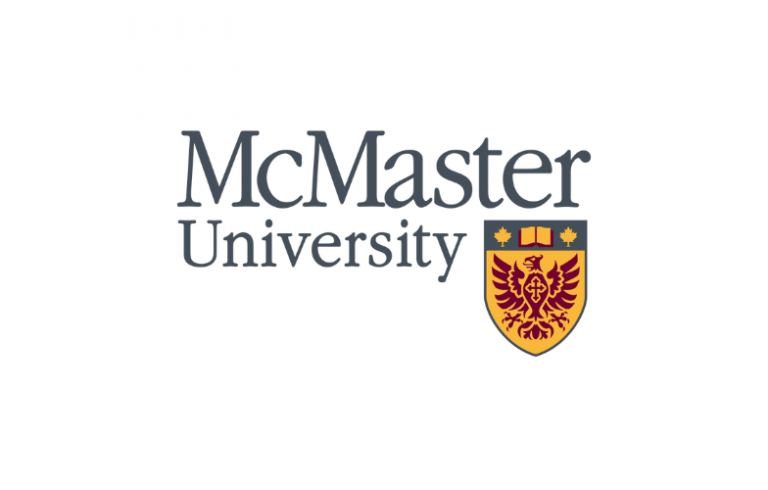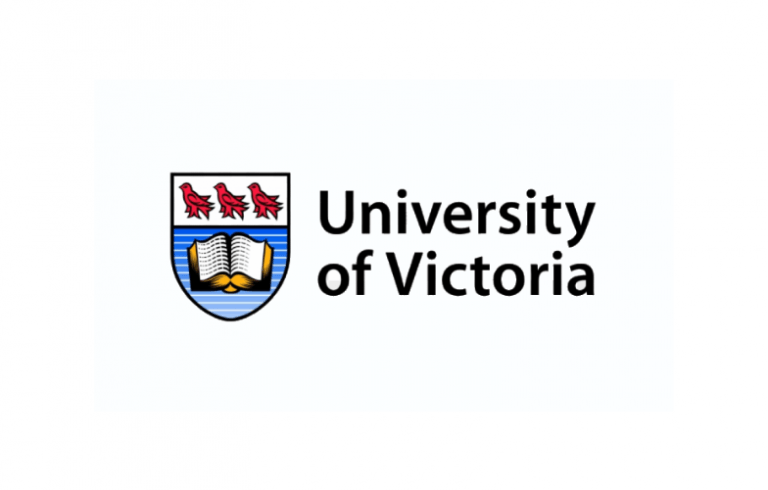Nowadays, both Canada and Australia have been dream destinations for international students to study. Both countries are popular study destinations for higher education because of their dedication to offering an outstanding world-class educational experience. Canada and Australia are developed countries with modern educational and research facilities. The faculty members are highly educated and experienced, capable of giving students valuable learning experiences while transforming them into talented and competitive graduates.
However, Canada often comes out on top when comparing Canada and Australia. Let’s dive into why Canada might be a better choice for Nepalese students in 2024.
Education system in Canada vs Australia
Canada has a highly consistent and quality education system across the country. Canadian universities and colleges focus on research, innovation, and a multicultural environment that embraces diversity and involvement. This makes the learning experience rich and engaging for students from all over the world.
Australia also has a strong education system focusing on practical skills and innovation. However, the quality and consistency can vary more significantly between states and institutions compared to Canada.
Australia vs Canada Admission Process
Studying either in Australia or Canada has certain admission requirements that every student should meet. These requirements are made compulsory as they reflect the abilities of students to study at universities that have high standards of education and teaching. Apart from academic requirements, an English proficiency test is also needed to convince the selection committee of the universities that they can comprehend the teaching and sustain themselves in a foreign environment that has a different native language.
Australia Admission Process
Admission criteria in Australia are strict as compared to Canada, but the competition is higher. This may make the admissions process slightly more complicated. The admission process is as follows:
- Mandatory completion of 12 years of schooling from an authorized school.
- Students must score a good score in any of the English Language Proficiency exams.
- A valid passport
- 1 Statement of Purpose
- 2 letters of Recommendation
- Proof of Fund
- A document stating reasons for gaps in education or work (if you have gaps in your study).
Admission Process for Canada
- Students must pass an entrance exam and also score the marks expected by Canadian colleges or universities.
- Mandatory completion of 12 years of schooling from an authorized school.
- Good score in English Language Proficiency exams.
- A valid passport
- 2 Letters of Recommendation
- 1 Statement of Purpose
- Proof of Fund
- Documents stating reasons for the gap in education
The admissions procedure in Australia is quite lengthy compared to that in Canada. The admission process in Canada is hassle-free and easier than in Australia.
Employment Opportunities in Canada vs Australia
Canada provides outstanding employment opportunities for international students, both during and after their studies. The country’s strong economy and open work rules make it simpler for students to find a part-time job while in school and full-time employment after graduation. This is a big advantage for students trying to get job experience and support themselves financially. If you want to stay in Canada after graduation, the Post-Graduation Work Permit Program (PWPP) can help you get valuable job experience. PWPP work permits are valid for the duration of your first study program (up to three years) and allow you to work in any type of job and change jobs as you like.
While Australia also offers work opportunities, the job market can be more competitive. International students can work part-time during their studies and full-time during breaks, but securing post-graduation employment can be more challenging due to higher competition and fewer job opportunities in some sectors. Many student visas in Australia allow for both part-time and full-time work during the holidays. Applying for an internship program is also an excellent way to get exposure to a professional environment as well as practical industry experience.
Costs of Studying in Canada vs Australia
When comparing the costs of studying in Canada and Australia, Canada typically offers lower tuition rates. On average, international students are expected to pay fees in Canada ranging from CAD 20,000 to CAD 30,000 per year, making it an affordable option for quality education. Also, living expenses in Canada are generally cheap, easing the financial stress on students.
Studying in Australia is considered to be more expensive. Tuition fees for international students in Australia range from AUD 25,000 to AUD 45,000 per year, with some programs, especially in medical and engineering, being much more expensive. Also, the cost of living in major Australian cities like Sydney and Melbourne is higher, contributing to the entire cost.
| SN | Degree | Tuition fee in Canada | Tuition fees in Australia |
| 1 | Undergraduation | $20,000 to $35,000 | $20,000 to $45,000 |
| 2 | Post-graduation | $7,000 to $20,100 | $20,000 to $50,000 |
| 3 | MBA | $30,000 to $40,000 | $48,000 to $63,000 |
| 4 | Medicine | $125,000 to $350,000 | $225,000 to $630,000 |
| 5 | Doctorate | $4000 to $15,000 | $18,000 to $37,000 |
Canada vs Australia Immigration
Canada is known for its welcoming and easy immigration rules, making it a popular choice for international students looking to stay and work after they finish their education. The following are some of the primary immigration advantages in Canada:
- Post-Graduation Work Permit (PGWP):
The Post-Graduation Work Permit (PGWP) allows graduates to work in Canada for up to three years based on the duration of their academic program. This job experience can be very helpful for people looking to apply for permanent residency.
- Permanent Residency Pathways:
International graduates can easily get permanent residency through programs such as the Canadian Experience Class (CEC) and Provincial Nominee Programs (PNP). The Express Entry system also allows for speedier processing of permanent residency applications for skilled workers, including those with Canadian education and work experience.
- Inclusive Policies:
Canada’s inclusive immigration policies seek to attract and keep foreign talent. The country supports equality and inclusion, making it simpler for international students to join the Canadian workforce and society.
Australia offers pathways for international students to get permanent residency, but the process is complicated. The key points of Australia’s immigration system include:
- Temporary Graduate Visa (Subclass 485):
This visa permits graduates to temporarily reside, study, and work in Australia after completing their education. The duration ranges from 18 months to four years, depending on the qualifications gained.
- Point-Based System:
The Australian immigration system for permanent residency is points-based, requiring applicants to score points based on age, English proficiency, job experience, and qualifications. While this method offers a systematic approach, it may be more competitive, particularly in desirable career fields.
- Skilled Occupations List (SOL):
To apply for permanent residency, graduates must ensure that their profession is on the Skilled Occupation List. This list is updated regularly, and working in a high-demand occupation can considerably increase one’s chances of getting permanent residency.
In conclusion, both Canada and Australia offer opportunities for international students to get permanent residency. However, Canada’s approach is considered to be simpler. Canada’s Post-Graduation Work Permit (PGWP) and various immigration policies provide simple and easy pathways to PR, making it a popular choice among international students. Australia’s system, while tough, is more competitive and needs a higher level of qualification and work experience to succeed.
Conclusion: Which is Better?
Canada and Australia are dream destinations for international students, offering world-class education, modern facilities, and highly educated faculty. However, Canada often comes out on top for several reasons. Its education system is consistent and quality-focused, emphasizing research, innovation, and a multicultural environment. The admissions process in Canada is straightforward and student-friendly, with reasonable academic requirements. In contrast, Australia’s education quality and consistency can vary between states and institutions, making its admission process more competitive and costly. Additionally, Canada provides better employment opportunities during and after studies, with supportive work policies and inclusive immigration pathways like the Post-Graduation Work Permit (PGWP), making it easier for students to gain work experience and transition to permanent residency. These factors will make Canada a more attractive option for Nepalese students in 2024.
Do you need help deciding where to study? Consultancy dAh is there to help you clear out your confusion. Our professional counselors are foreign students just like you, so they know all the strategies for successfully moving to a new area. They will help you choose the course that’s best for you and then help you through the paperwork to make it happen. Many opportunities are calling for you.
FAQ’s
- Which country is best for PR from Nepal?
Nepali students choose Canada as their preferred destination, without a doubt, due to the quality of its education system. While Canada has excellent education and colleges, one of the main reasons students choose Canada is its easy PR.
- Which is better for Nepalese students: Canada or Australia?
Canada is often regarded as the better choice for Nepalese students due to its consistent and high-quality education system, simple admissions procedures, low tuition fees, and better employment opportunities during and after graduation.
- Why choose Canada over Australia?
Choose Canada over Australia because of its lower tuition fees, simpler and more student-friendly admissions process, good quality of education, supportive work policies, and open immigration pathways such as the Post-Graduation Work Permit (PGWP), which helps in the journey to permanent residency.


